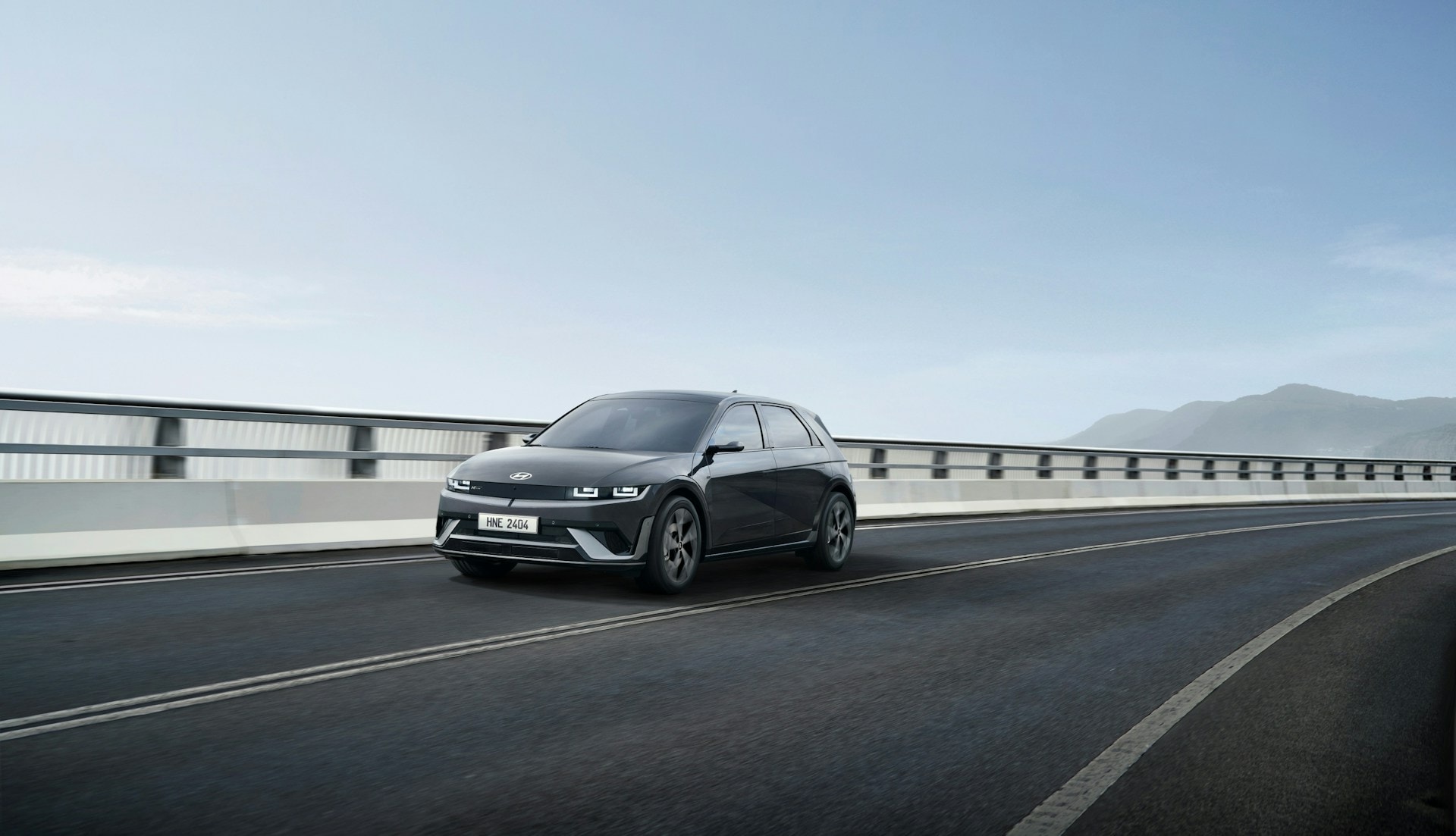

As the colder months approach, many drivers start thinking about how their vehicles will handle winter weather. For those who drive Hyundai electric vehicles, understanding how low temperatures affect battery range can make a big difference in how you prepare for daily trips and longer drives. Cold weather does not just change the air outside, it changes how your car works too.
Hyundai electric vehicles are made for all seasons, but (like any EV) they can experience changes in range when the temperature drops. If you have noticed a decrease in how far your car travels on a full charge in the winter, you are not imagining it. Here is why it happens and a few helpful ways to manage it, so you stay ready as the season shifts.
How Cold Temperatures Affect EV Batteries
Electric vehicles use lithium-ion batteries, which are great for storing and supplying energy, but when it gets cold, those batteries work differently. Chemical processes in the battery slow down in low temperatures, making it harder for the battery to deliver energy to the vehicle.
If you have ever pulled your phone out of your coat pocket and noticed it lost charge quickly or turned off in the cold, EV batteries can act the same way. The battery still works, but it takes more energy to do its job, and that often means less driving range—even if you stick to your usual routes.
In near-freezing weather, batteries are less efficient at both charging and discharging. That does not hurt the battery, but it does mean extra effort just to get the car moving, especially at the start of your drive. The EV needs to "wake up" in the cold, and that takes more power.
Heating the Cabin Uses Up More Power
Everybody wants to stay warm on a chilly Long Island morning, but every button you push for heat, seat warmers, or defrost draws power from your EV’s battery. The energy needed to heat the cabin comes from the same place that gets the wheels turning.
During the colder months, heaters, seat warmers, and even the defroster often work harder and stay on longer. That means the battery uses more of its stored energy for comfort, which leaves a little less for driving. Using those features throughout the day, especially for repeated short trips, adds up.
It is common to notice the range dropping faster on a cold day than on a warmer one, even if your habits stay the same. Heating the car might be necessary, but it does come with the tradeoff of lower range.
Winter Driving Habits That Impact Range
Cold weather changes how you drive and how your Hyundai electric vehicle uses power. Winter roads can be slower with traffic, more stops and starts, or reduced speeds because of wet or icy conditions. Short daylight hours increase your use of lights. All these changes add a little more demand to your battery.
Short trips in the cold can use more energy per mile, since each time the vehicle starts, it needs to warm things up again. If you run several errands or commutes in a day, that pre-heating cycle can use a chunk of battery life for each ride.
Frequent stops, slow traffic, or idling at red lights all pull from your range too. On tougher road days, you may need more careful driving, which uses power at a different rate than cruising on dry roads. Altogether, winter routines tend to shrink battery life some days.
Tips to Reduce Cold Weather Range Loss
You can take a few simple steps to help your battery last longer in the winter months and keep your Hyundai electric vehicle more comfortable.
- Park indoors or in a garage if possible. A warmer car makes for a better start, both for you and your battery.
- Use your EV’s pre-conditioning system while plugged in. Warming the car while charging gets the cabin ready and saves battery power for later.
- Whenever you can, group short trips together so you warm the car less often and drive farther on each start.
- Expect some range reduction and build in a little buffer for every trip. If you are planning something longer, give yourself extra time to charge.
Small changes like these can go a long way toward keeping your car ready each day. They also make getting in and going more comfortable on cold mornings.
Stay Confident Behind the Wheel This Winter
Hyundai electric vehicles are designed with systems that help handle battery use when temperatures drop. These built-in features, like thermal management for the battery, quietly protect performance and give you more reliable range throughout winter.
Being aware of what can impact your battery, choosing when and where to charge, and thinking about your trip lengths can all help even when the weather outside feels unpredictable.
With a little planning and some small changes, winter does not have to slow you down. You can keep your Hyundai electric vehicle warmed up, powered up, and ready to go—no matter how cold it gets.
Staying informed is one of the easiest ways to keep driving comfortably through colder months, especially when you're relying on something as smart and efficient as Hyundai electric vehicles. At Hyundai of 110, we’re here to support your winter driving experience with answers, service, and solutions that fit your everyday routine.
Categories:
News

